NASA has released their latest urgent update on the Boeing astronauts stuck on the International Space Station (ISS) after problems with their spacecraft, revealing that the two astronauts are still not coming home yet.
This stunning revelation comes after the astronauts have been stuck on the ISS for more than a month now. Their mission was initially only supposed to have them stay on the ISS for about a week.
Yet Another Delay

This latest update from NASA comes after the agency — as well as Boeing — claimed that astronauts Barry “Butch” Wilmore and Sunita “Suni” Williams would soon be coming back down to Earth.
Much of the country has been anticipating the astronauts’ return, as their stay on the ISS has become national news thanks to the many Boeing problems that have occurred.
A 50 Day Stay
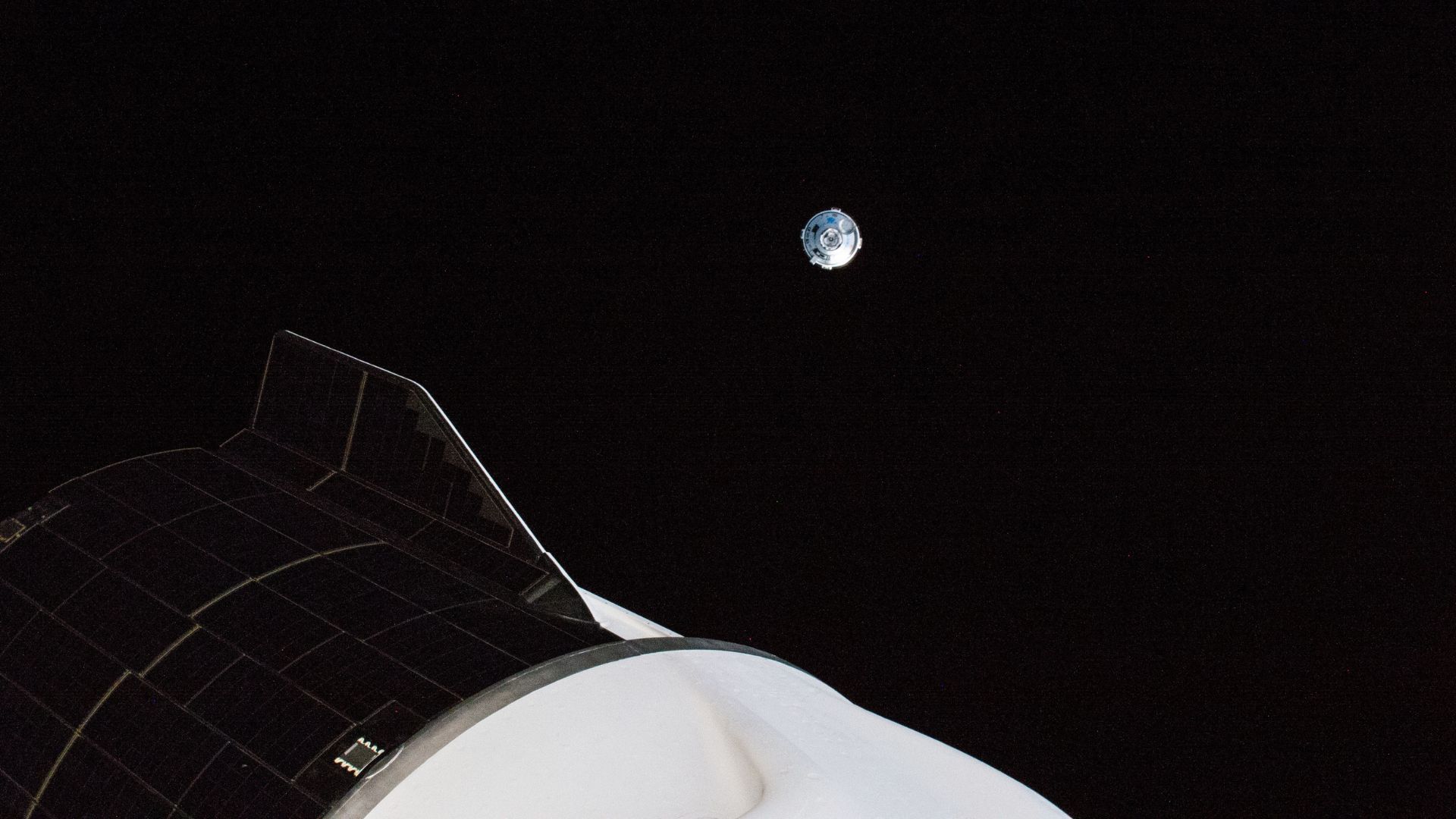
For over 50 days now, Wilmore and Williams have been stuck on the ISS with no return date in sight. For the first few weeks, NASA simply extended the return date.
However, now NASA nor Boeing is releasing any type of return date for the duo. Instead, they will continue to stay on the ISS for an indefinite period of time.
Not Totally Stranded

While Williams and Wilmore cannot take the craft they came in on home, they are still safely aboard the ISS with other astronauts. However, if they wanted to return home, they would have to take an alternate spacecraft at this point.
It appears NASA and Boeing still need to complete work and tests to ensure the Boeing capsule will safely return Williams and Wilmore to Earth.
A Changing Goal?
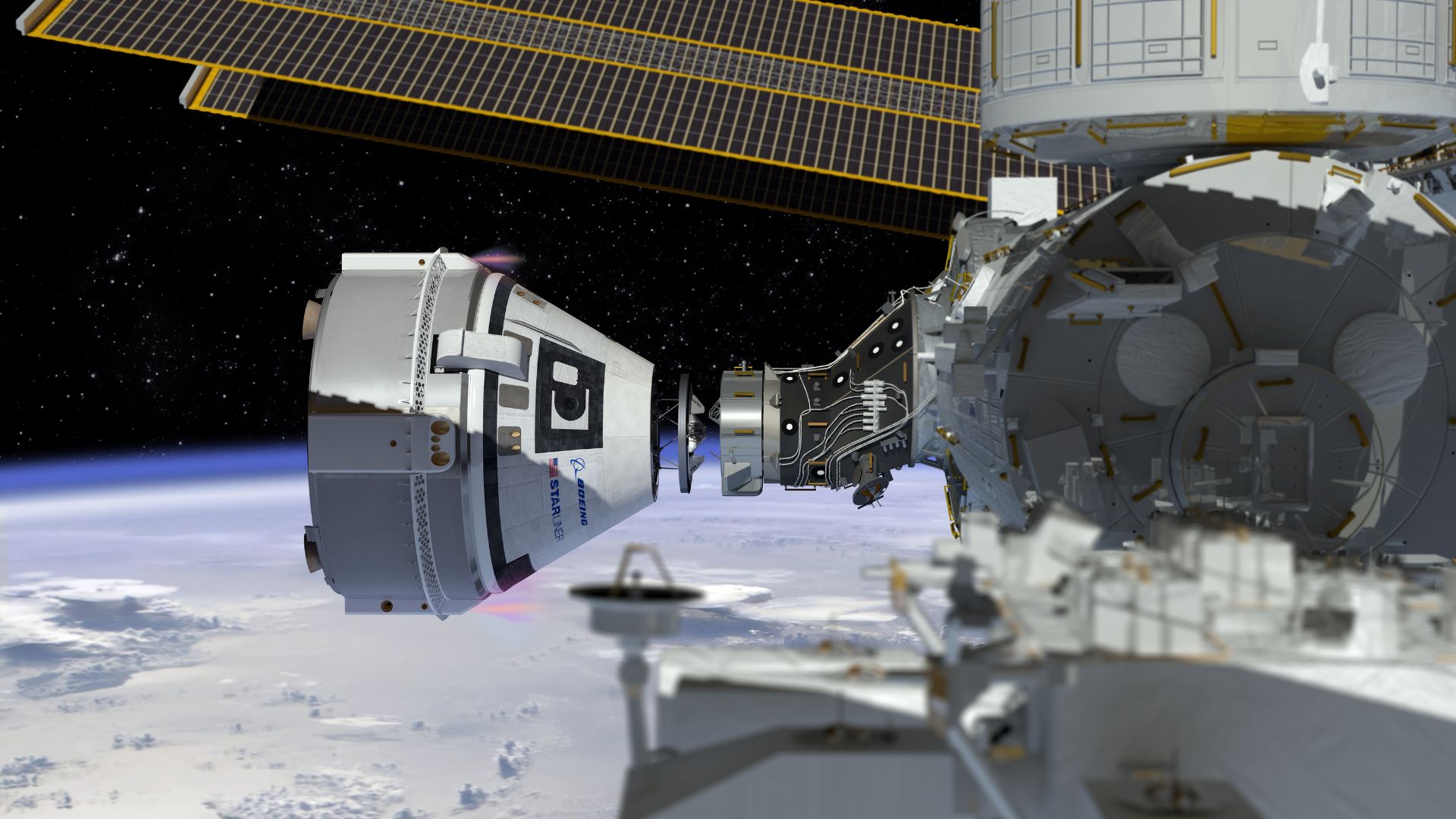
NASA program manager Steve Stich asserted the goal is to have Williams and Wilmore return aboard the Starliner, saying, “We’ll come home when we’re ready.”
However, Stich did admit that NASA is also looking at other options they may have to safely return the astronauts to Earth. This could include bringing them home on another spacecraft.
How Long Can the Astronauts Stay in Space?

This latest revelation may come as a shock to those keeping up with this story, especially considering NASA previously stated that the Starliner capsule would be safe for a 45-day stay in total.
It is now past that 45-day period. However, now NASA has claimed that the astronauts can stay in space with the capsule for twice as long as this initial period.
Running Tests on Starliner
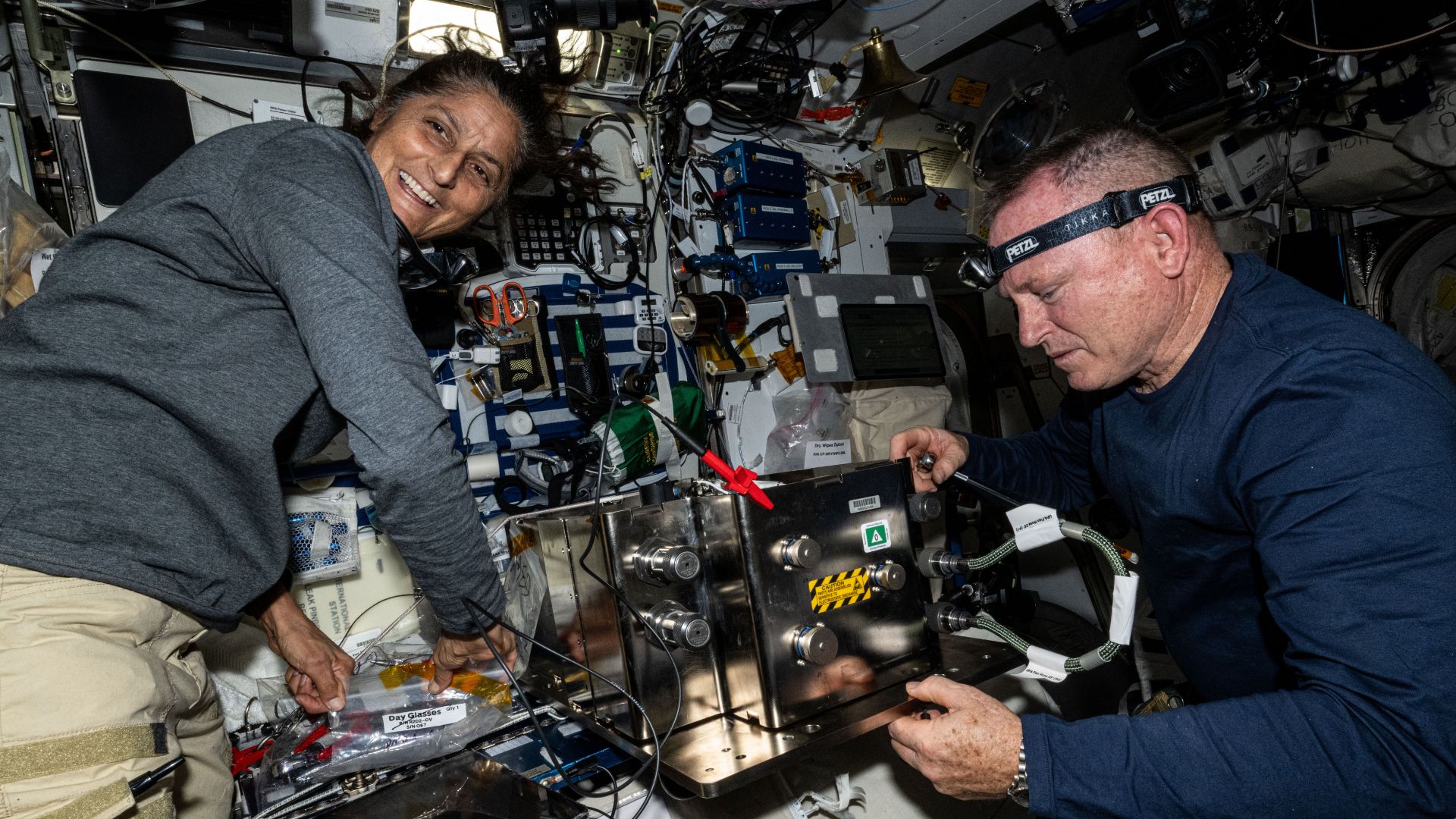
Last week, NASA and Boeing engineers completed testing on the spare thruster that they have in a New Mexico desert.
These tests were supposed to further help engineers understand what went wrong when the Starliner went up into space and initially docked on the ISS. These tests were also supposed to eventually lead to the all-clear to allow Wilmore and Williams to return home.
Stuck in Space Indefinitely?
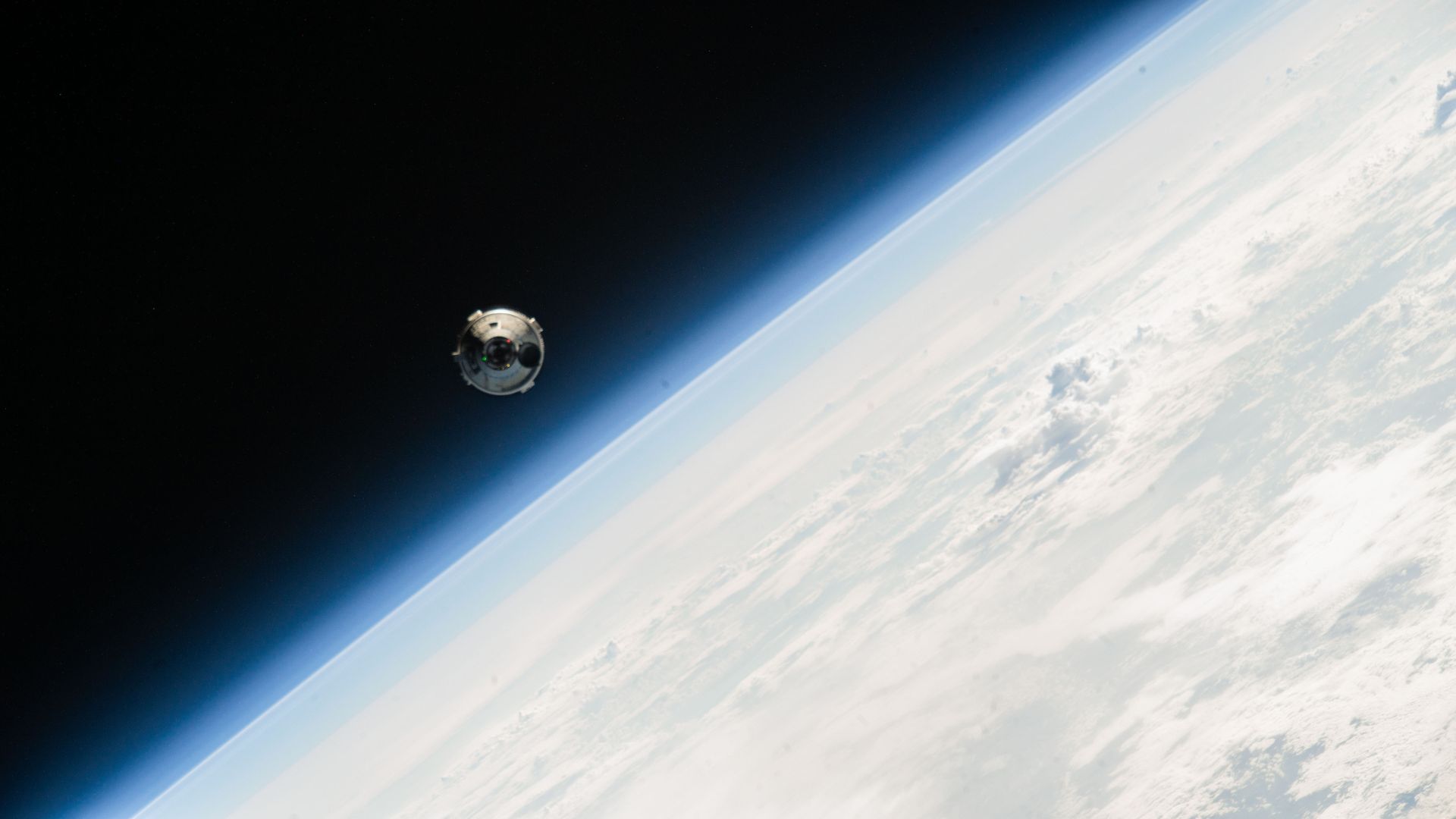
However, now that this testing has been completed, NASA has once again pushed off the idea of giving the green light for Wilmore and Williams to come back down to Earth.
This time, the agency hasn’t given a reason as to why they’ve delayed this return yet again. They’ve simply stated they’re running more tests.
Failing Thrusters Remain a Problem
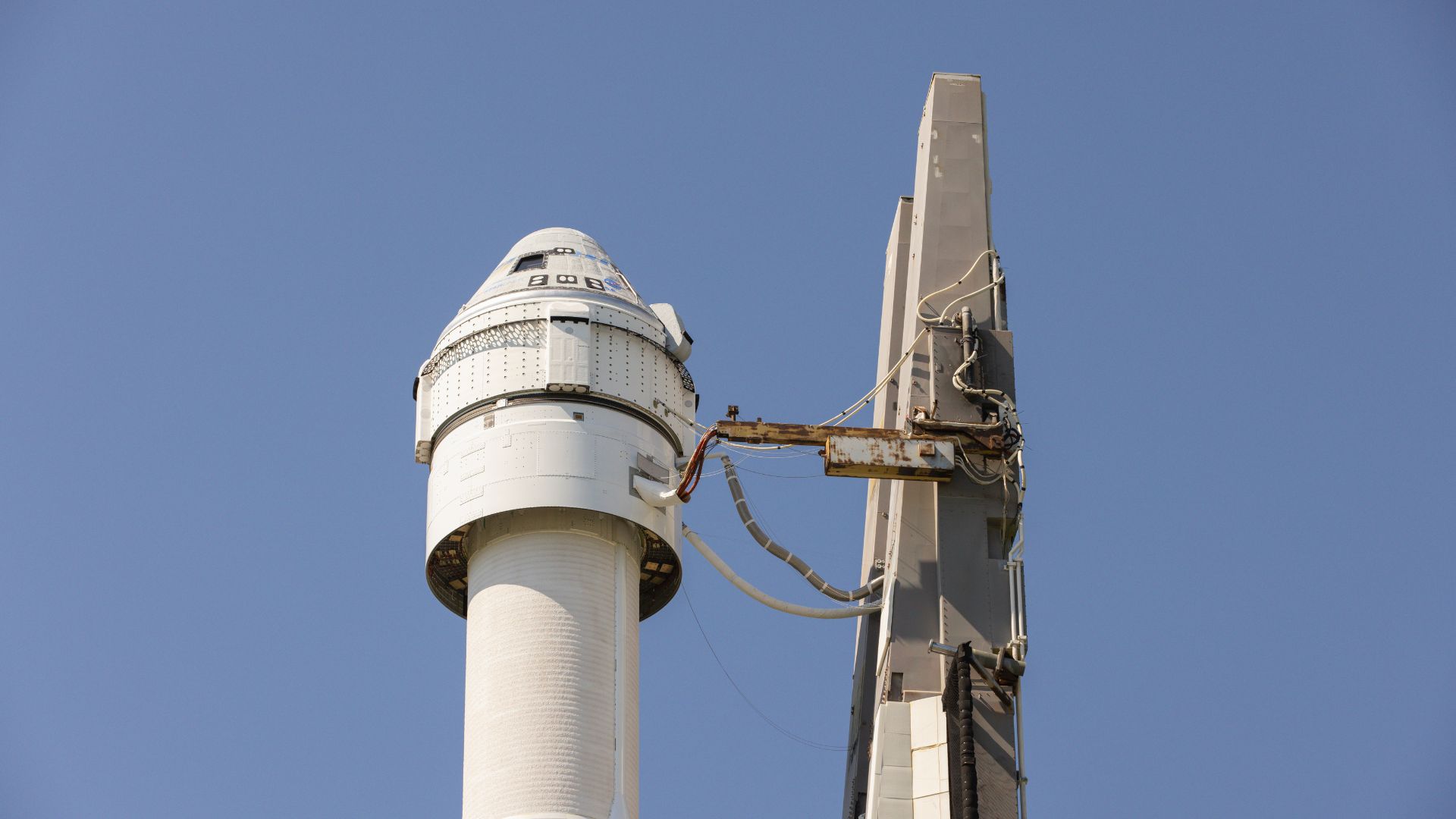
Boeing’s Starliner has had various issues, both before and after launch. The launch was scrubbed time and time again — sometimes only a few minutes before Williams and Wilmore were actually set to launch into space — which caused major headlines.
After launch, when the Starliner was attempting to dock with the ISS, even more problems appeared when five thrusters failed.
Fixing the Thrusters
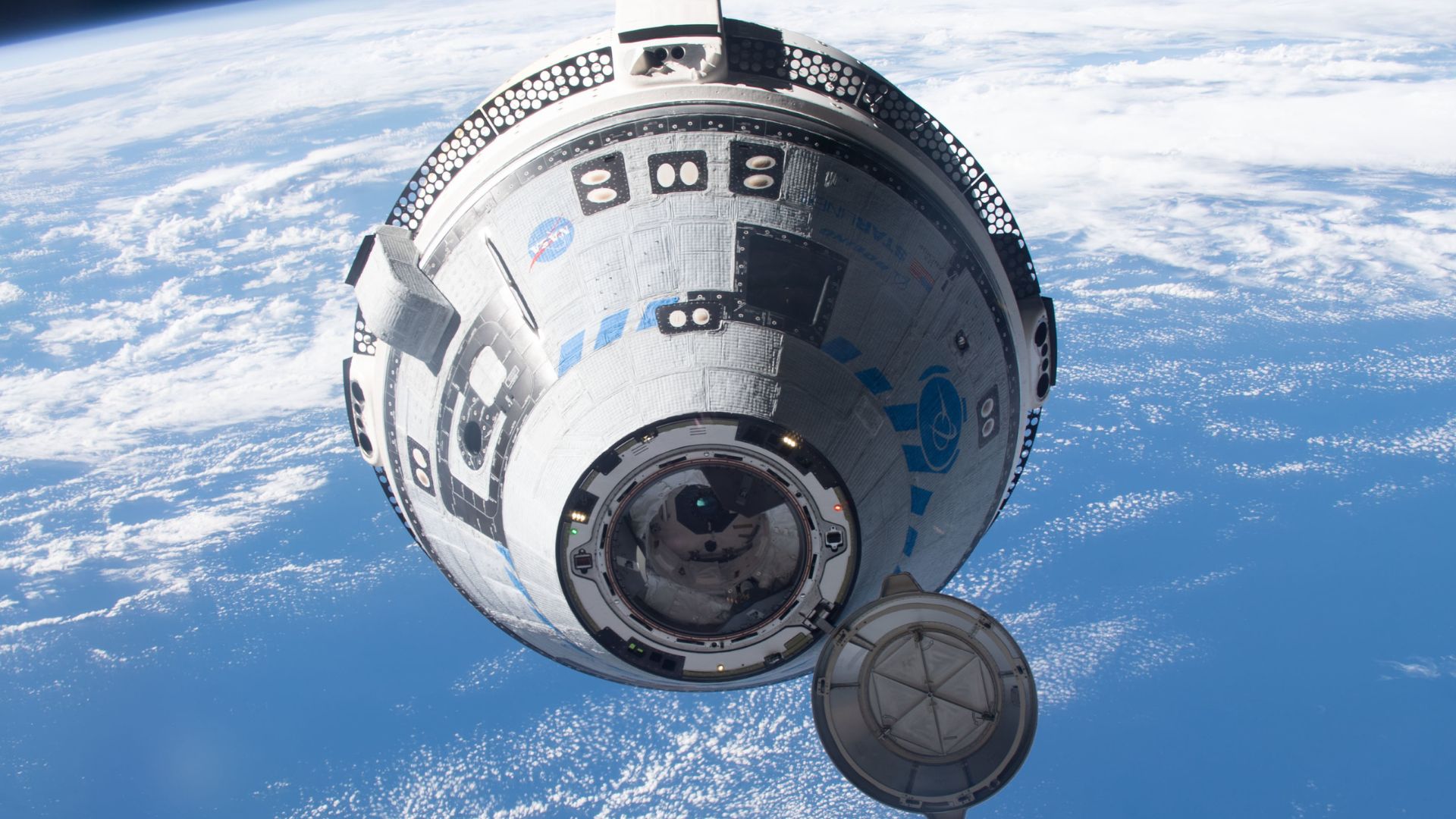
Since these thrusters shut off, four of the five have come back online fully. Ongoing tests on the ISS, as well as on Earth, have been conducted to understand why these thrusters stopped working.
These thruster issues remain ongoing for Boeing engineers, even though they have claimed that there are many other thrusters the Starliner can rely on, if needed.
Many Boeing Issues
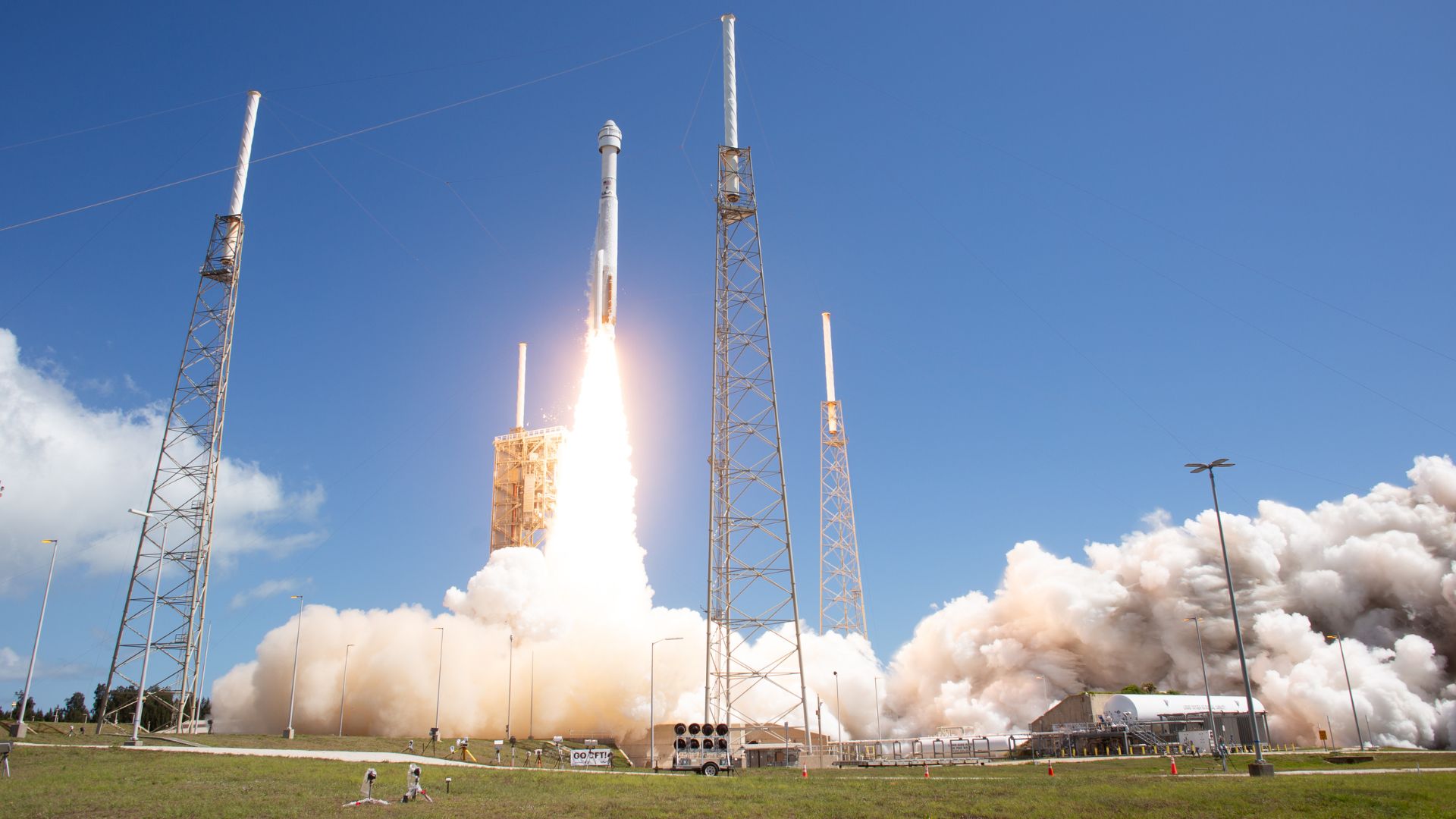
The Starliner mission marks the first Boeing test flight with a crew aboard. The company is trying to work out a deal with NASA to become a taxi service for astronauts to the ISS, similar to SpaceX’s role with NASA.
However, these many issues may complicate things. Boeing has been in the news for months now, thanks to their airplane issues — and now their spacecraft issues.
A Concerning Event?
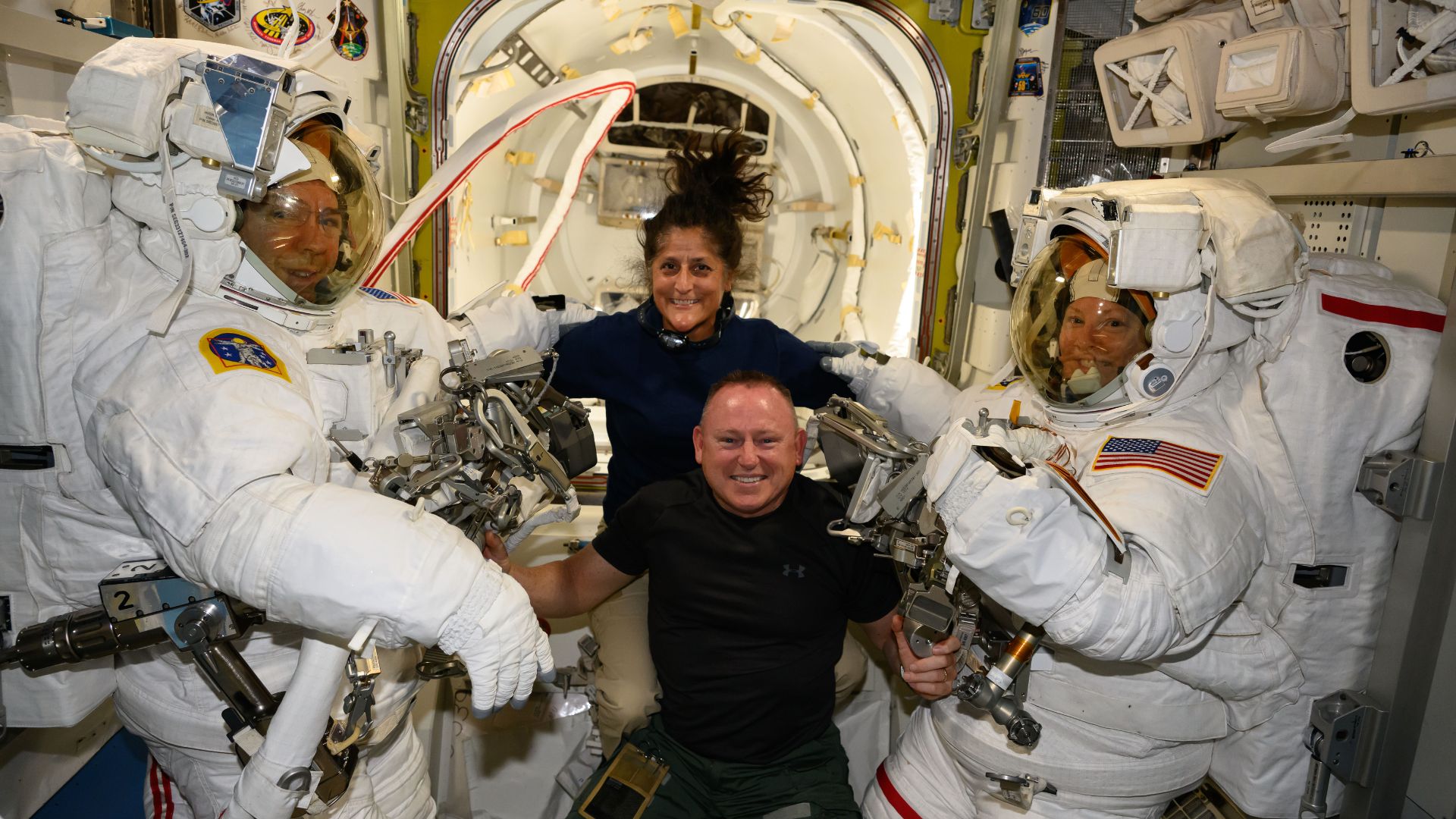
Though NASA, as well as Wilmore and Williams, have attempted to downplay these recent problems, many analysts have expressed concern as these events have unfolded.
Some analysts are even calling for more transparency about this entire situation, as they believe that Americans deserve to know more about what’s really going on.
Asking SpaceX
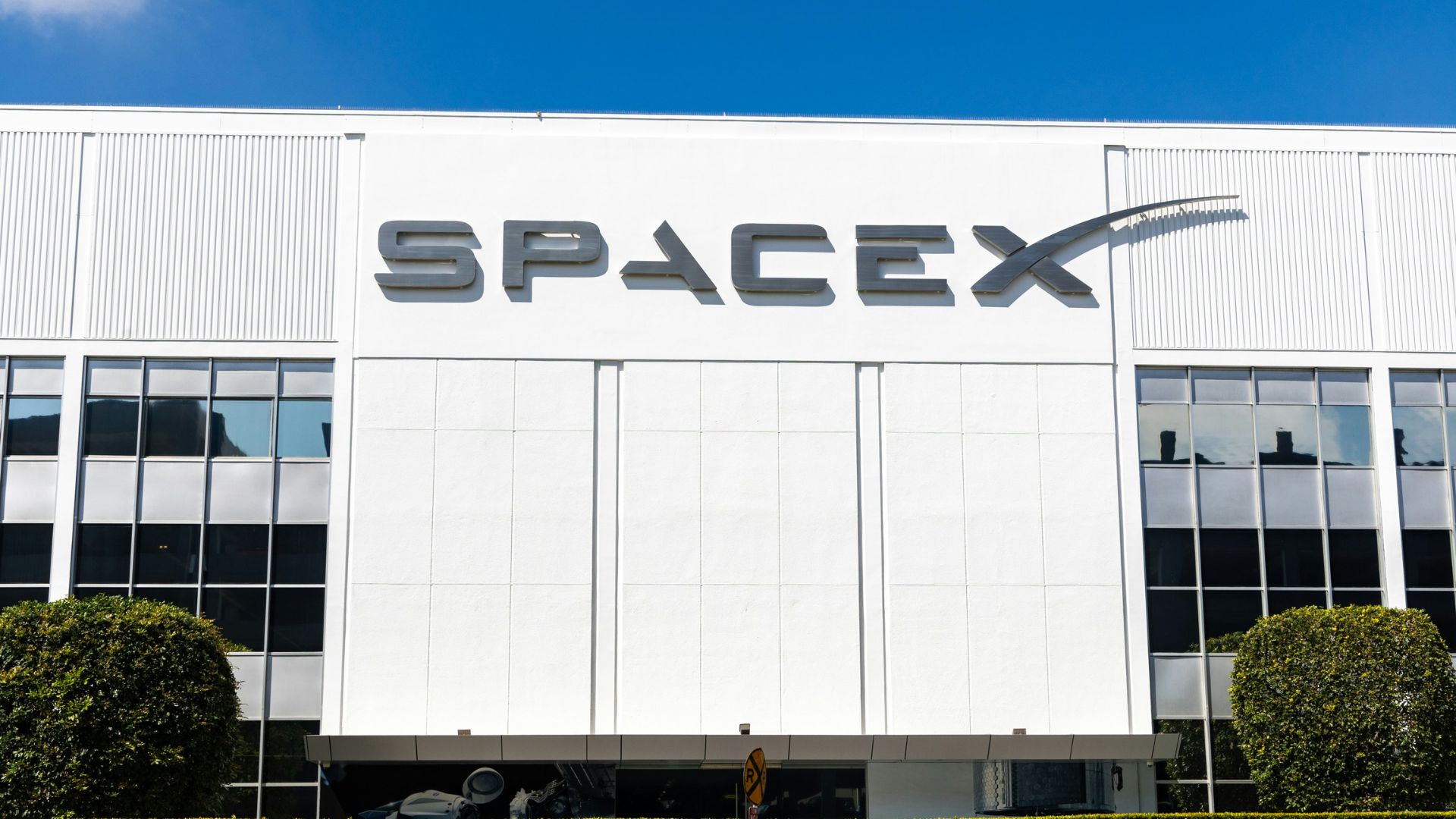
As the days continue to tick up, urgency is pressing on NASA to recover the Boeing astronauts at the ISS, which may require the backup option of SpaceX.
In the press briefing on July 25, Stich said “We have two different systems that we’re flying,” referring to Boeing Starliner and SpaceX’s Crew Dragon.
SpaceX’s Track Record
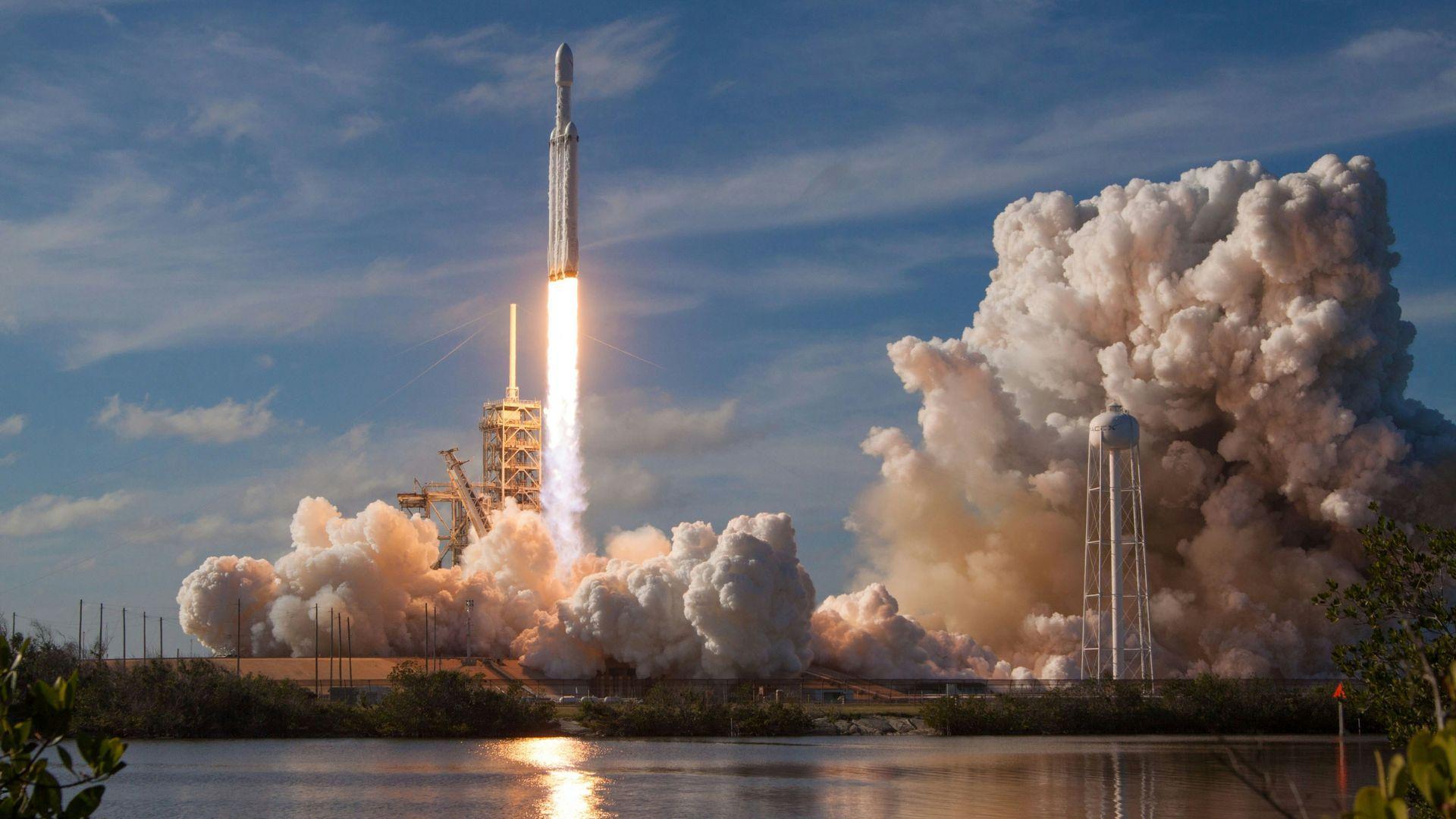
The Crew Dragon spaceship created by SpaceX is looking like it may need to step in to help the trapped Boeing astronauts.
This spaceship has a successful track record of flying astronauts back and forth at the International Space Station for several years.
Crew Dragon
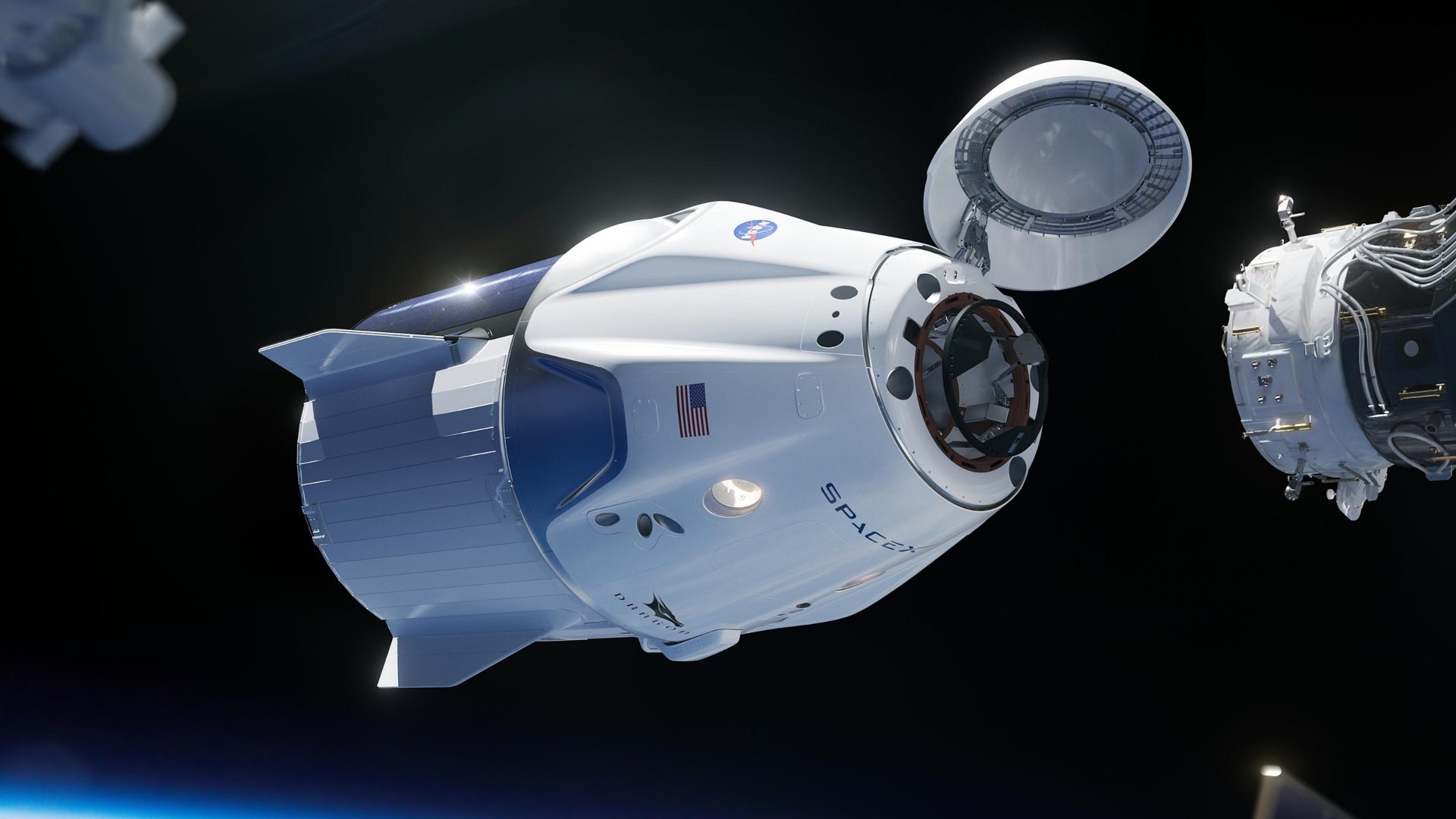
The first flight by the Crew Dragon was successfully completed back in 2020 and the system was much faster and cheaper to develop than Boeing’s Starliner.
This SpaceX spaceship has since completed seven successful ISS missions for NASA and four private missions.
Musk Brags
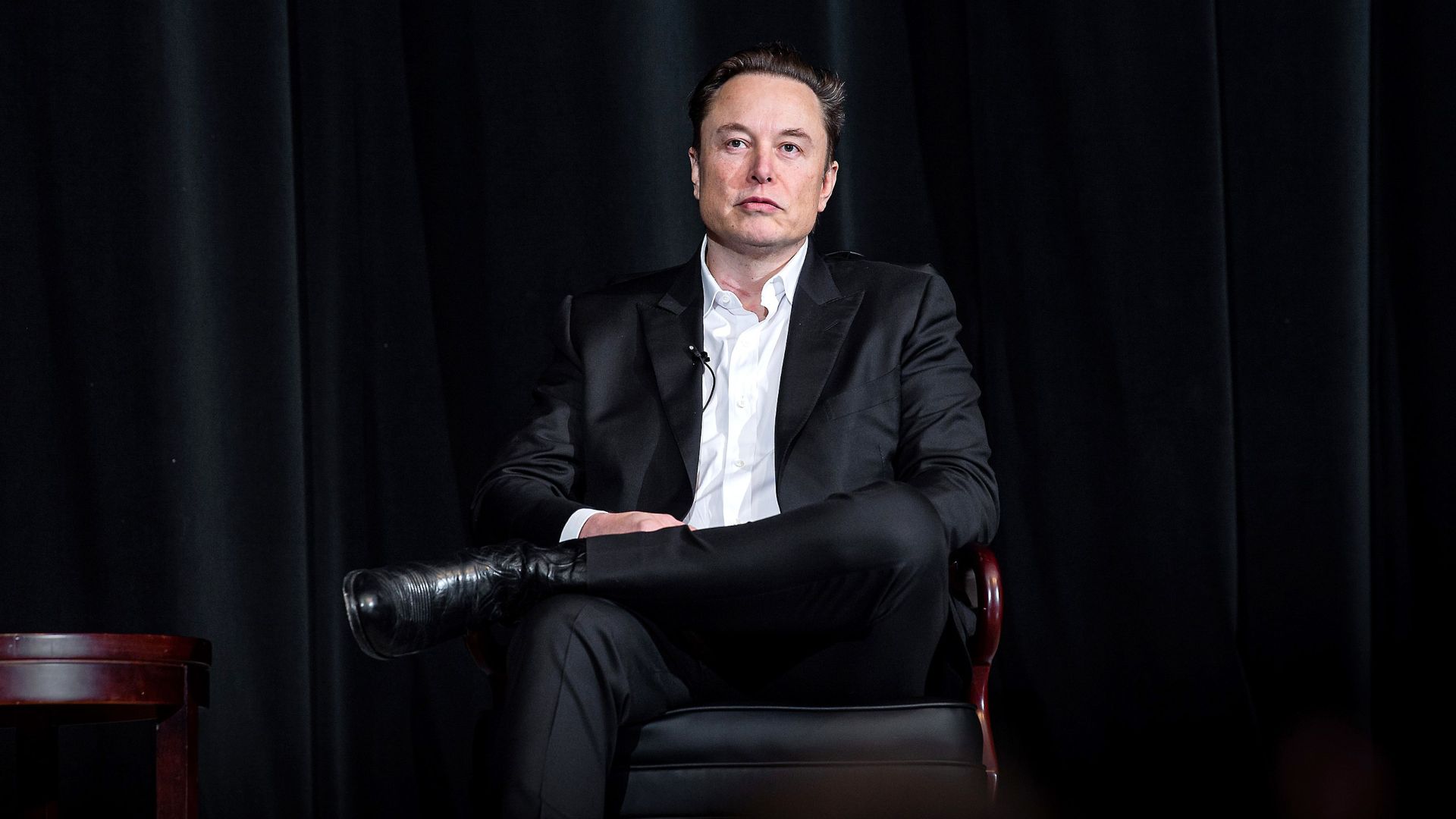
Back in May, SpaceX CEO Elon Musk gloated about the cost savings and speed over Boeing on X and criticized the company.
“Although Boeing got $4.2 billion to develop an astronaut capsule and SpaceX only got $2.6 billion, SpaceX finished 4 years sooner. Note, the crew capsule design of Dragon 2 has almost nothing in common with Dragon 1. Too many non-technical managers at Boeing,” Musk wrote in an X post.
Eight Day Mission
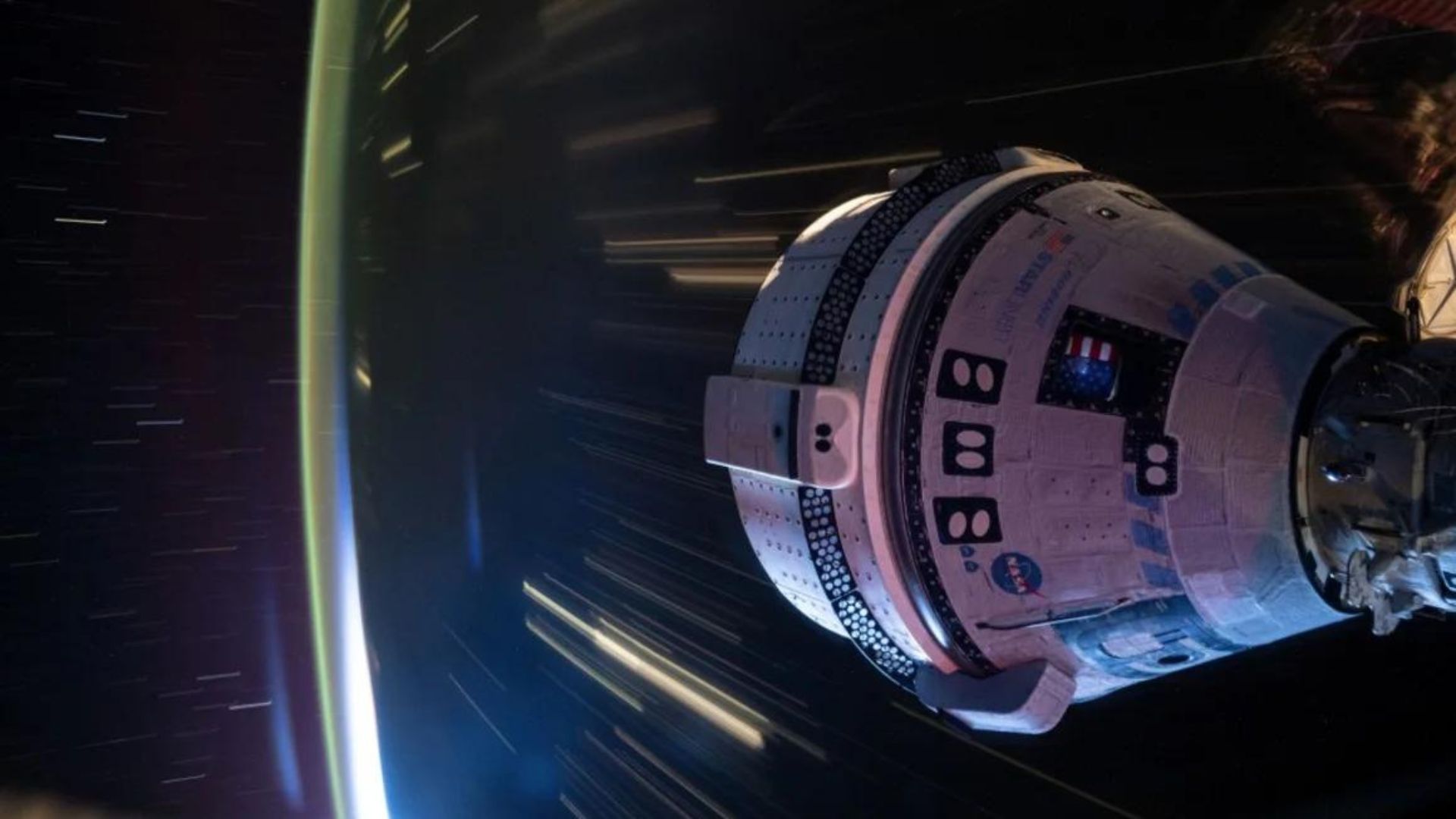
The Starliner mission into space was only supposed to be a relatively short one since it would have been the spaceship’s first test flight voyage.
“We kept saying ‘eight-day minimum mission.’ I think we all knew that it was going to go longer than that. We didn’t spend a lot of time talking about how much longer,” Mark Nappi, the vice president and program manager of Commercial Crew Program efforts at Boeing, said in a July 25 briefing.
Mission Regrets
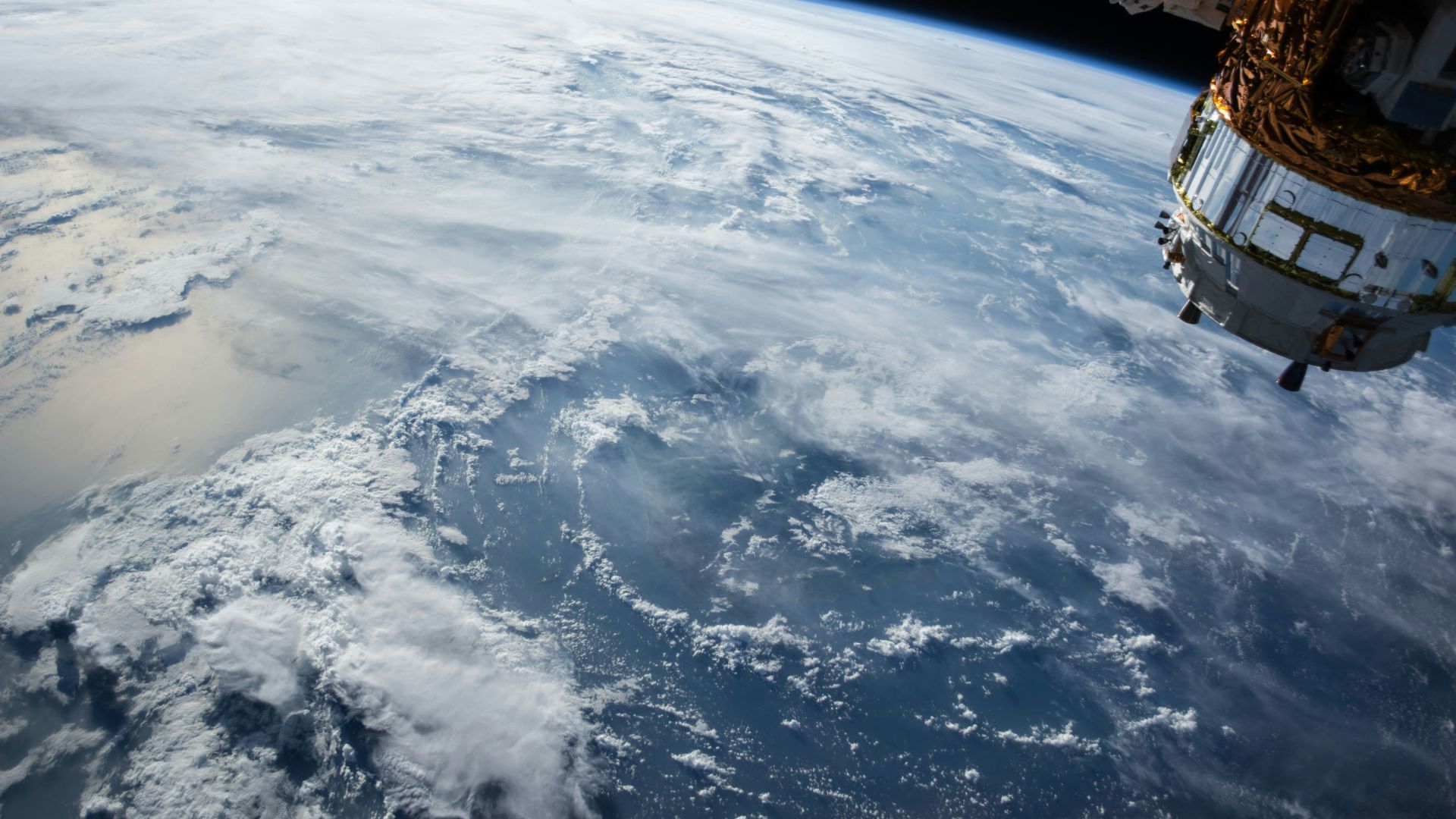
Nappi also expressed regret that the team had not anticipated the possibility of a longer mission given how long the astronauts have now been stuck.
“It’s my regret that we didn’t just say, ‘We’re going to stay up there until we get everything done that we want to go do,'” Nappi said.
Maximum Stay
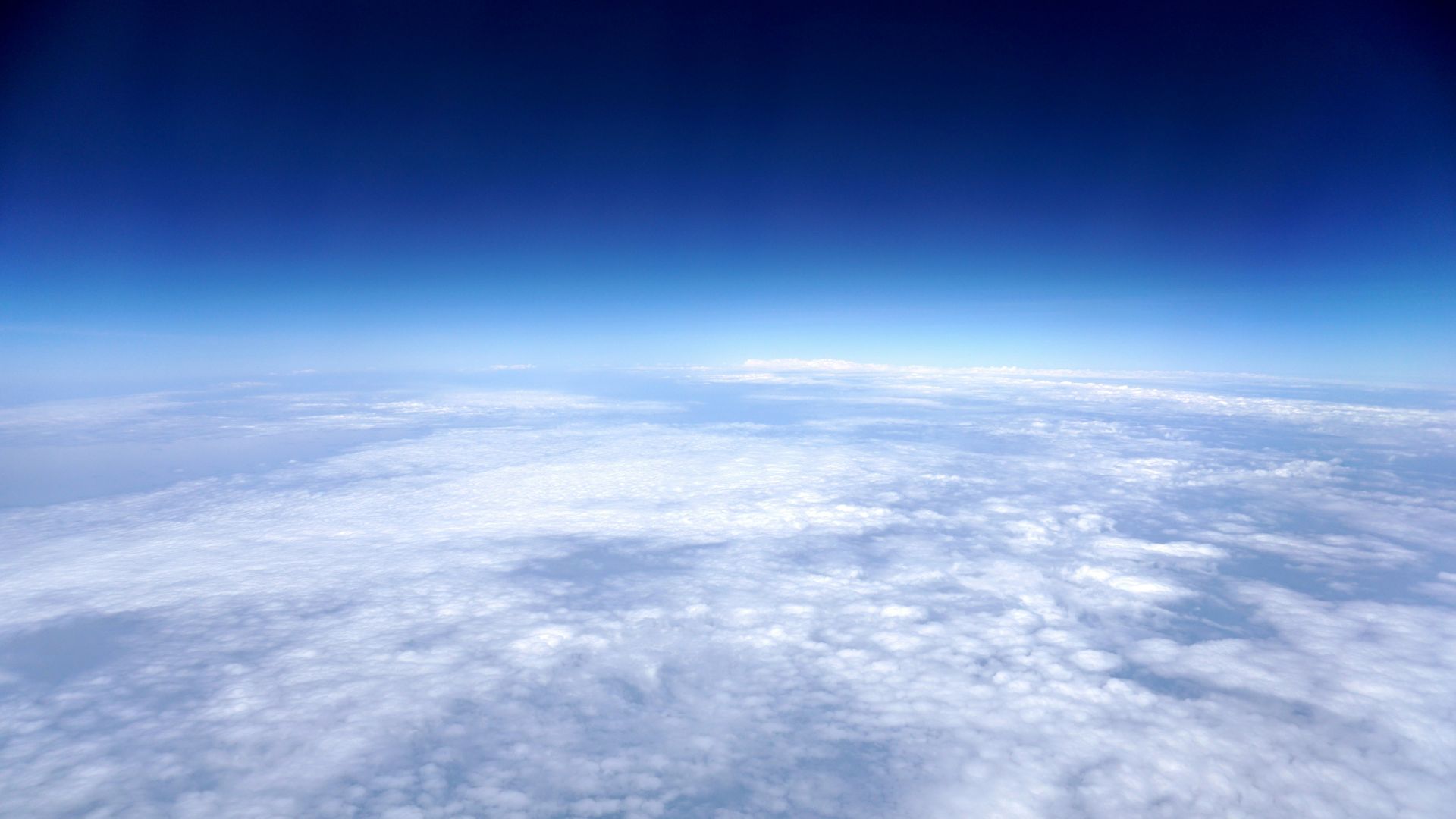
NASA had previously approved a maximum 45-day stay for the Starliner’s voyage, which was determined based on projections of the ship’s battery performance.
However, as of Monday, the crew has been stranded in space for 54 total days.
No Return Date in Sight
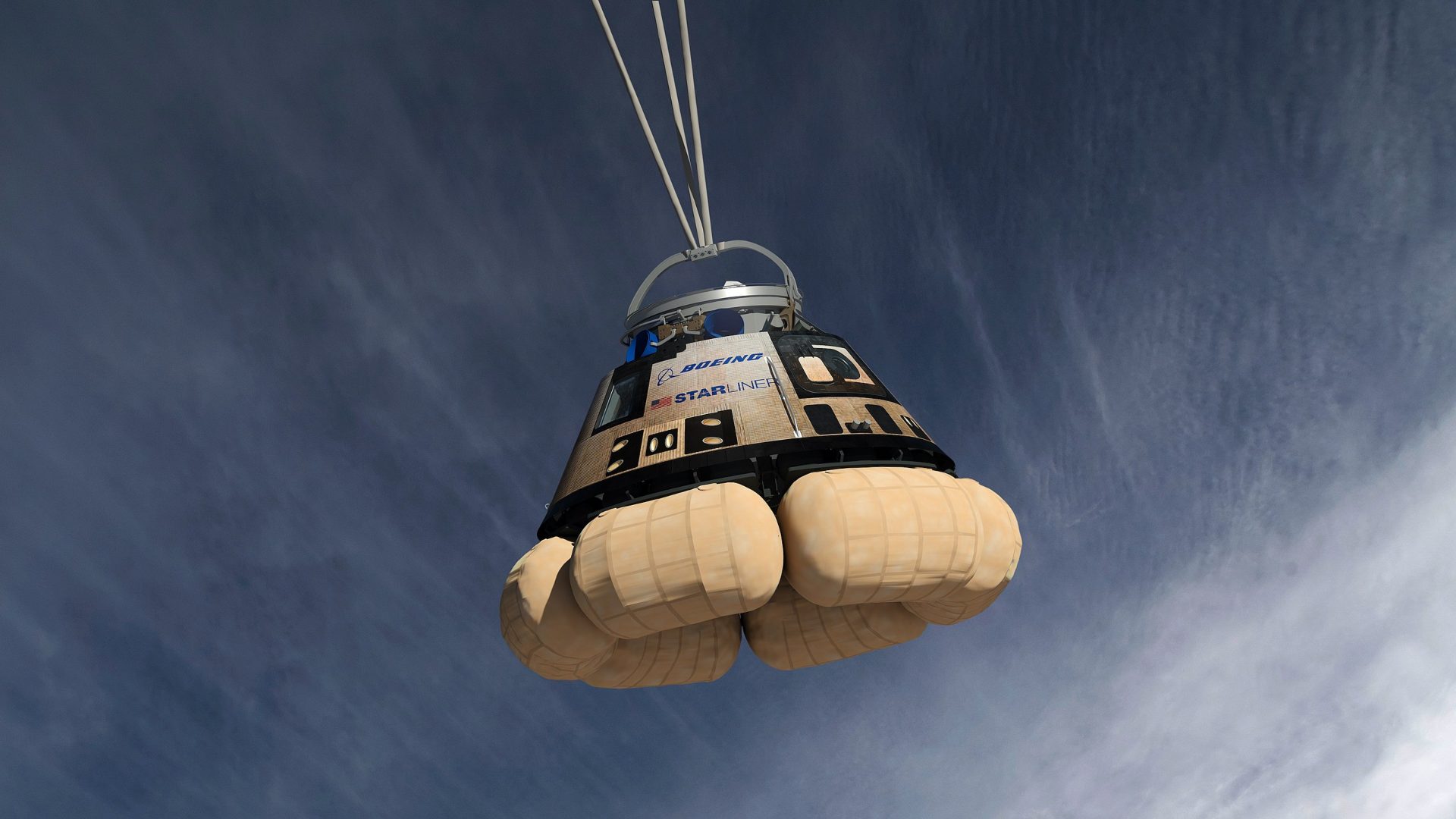
At the July 25 briefing, Stich asserted that there is no definite return date in sight, and NASA has said that they might not be able to come back until mid-August.
“We don’t have a major announcement today relative to a return date. We’re making great progress, but we’re just not quite ready to do that,” Stich said.
Fixed Price Model

Boeing and SpaceX both received what are called “fixed price” contracts to develop spacecraft that had to follow NASA’s specifications. However, Boeing apparently struggled more than SpaceX in this environment.
According to Eric Berger, senior Space editor for Ars Technica, “Boeing decisively lost the commercial crew space race, and it proved to be a very costly affair.”
Different Environment
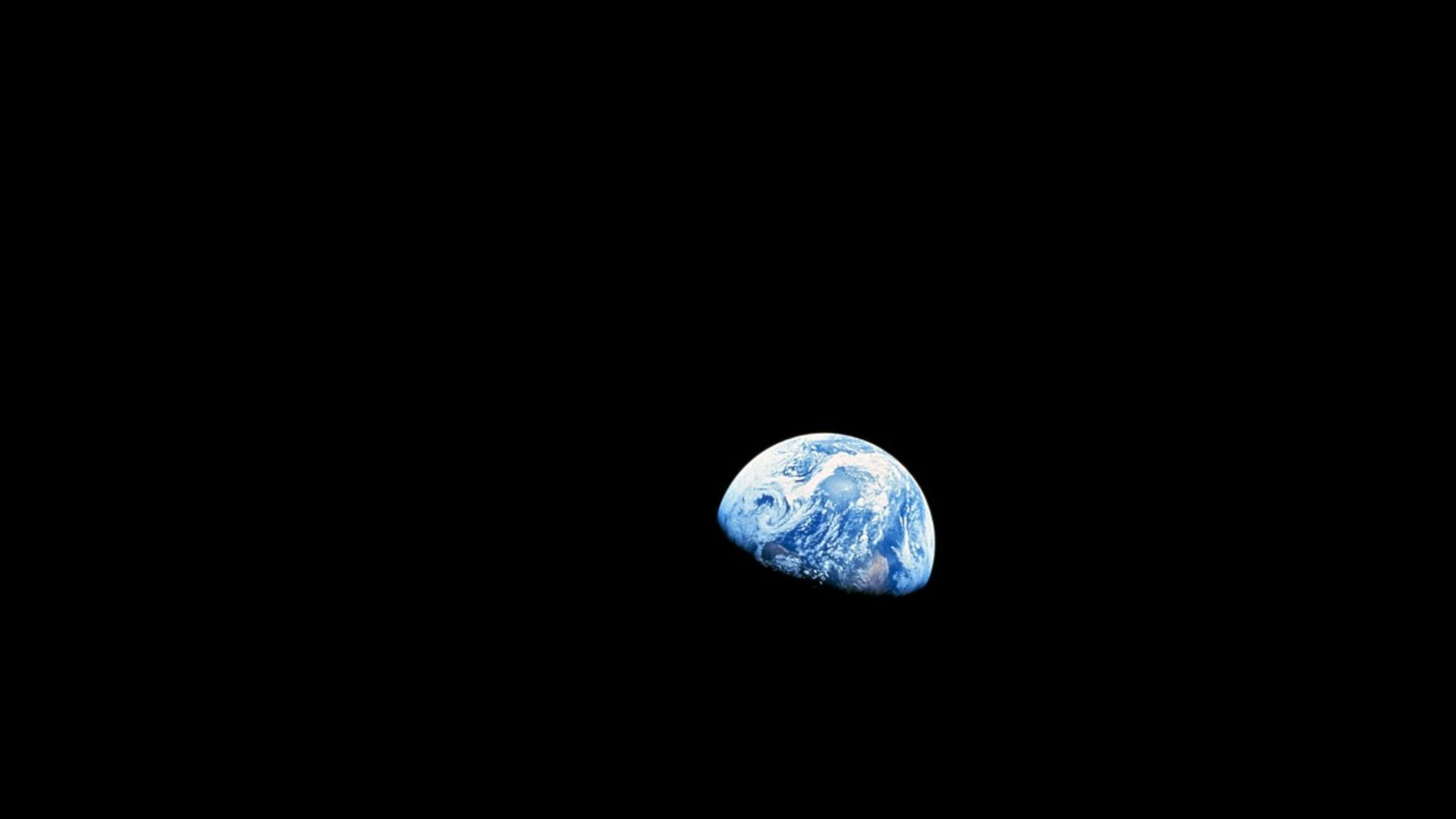
In his piece, Berger explained how Boeing is used to delivering a great product while just asking for more money when there are cost overruns or delays, but a fixed price contract was hard to adjust to.
Contrast this with SpaceX, which Berger asserts was “in its natural environment.”
Two Company Cultures

According to former NASA deputy administrator Lori Garver, the difference in the company cultures of Boeing and SpaceX led to the very different outcomes of their projects.
“The difference between the two company’s cultures, design philosophies, and decision-making structures allowed SpaceX to excel in a fixed-price environment, where Boeing stumbled, even after receiving significantly more funding,” said Garver in an interview.
Little Flexibility
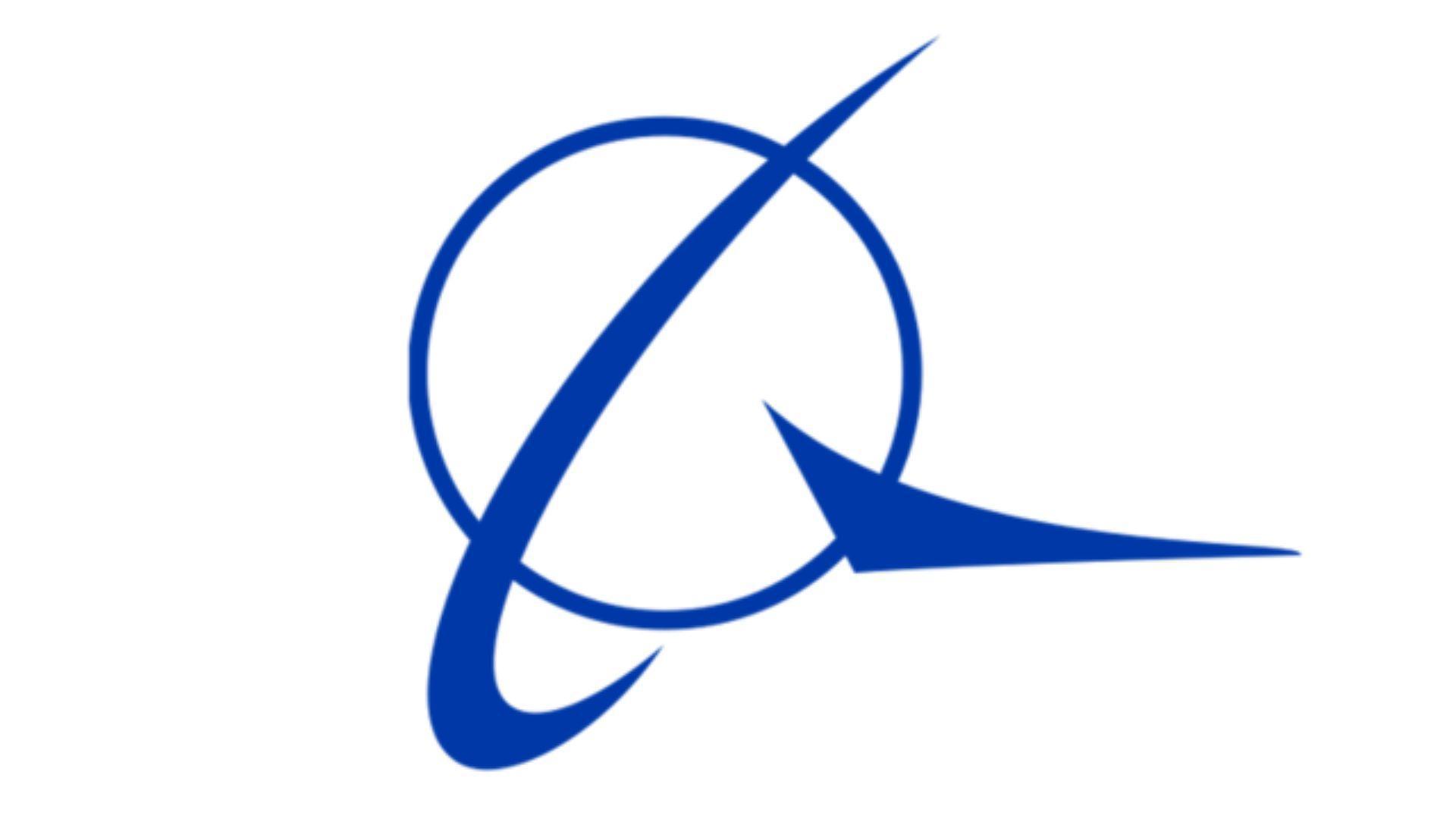
A Boeing spokesperson told Berger that the limited flexibility of a fixed-price contract contributed to project difficulties.
“Challenges arise when the fixed price acquisition approach is applied to serious technology development requirements, or when the requirements are not firmly and specifically defined resulting in trades that continue back and forth before a final design baseline is established,” the spokesperson said. “A fixed price contract offers little flexibility for solving hard problems that are common in new product and capability development,”
